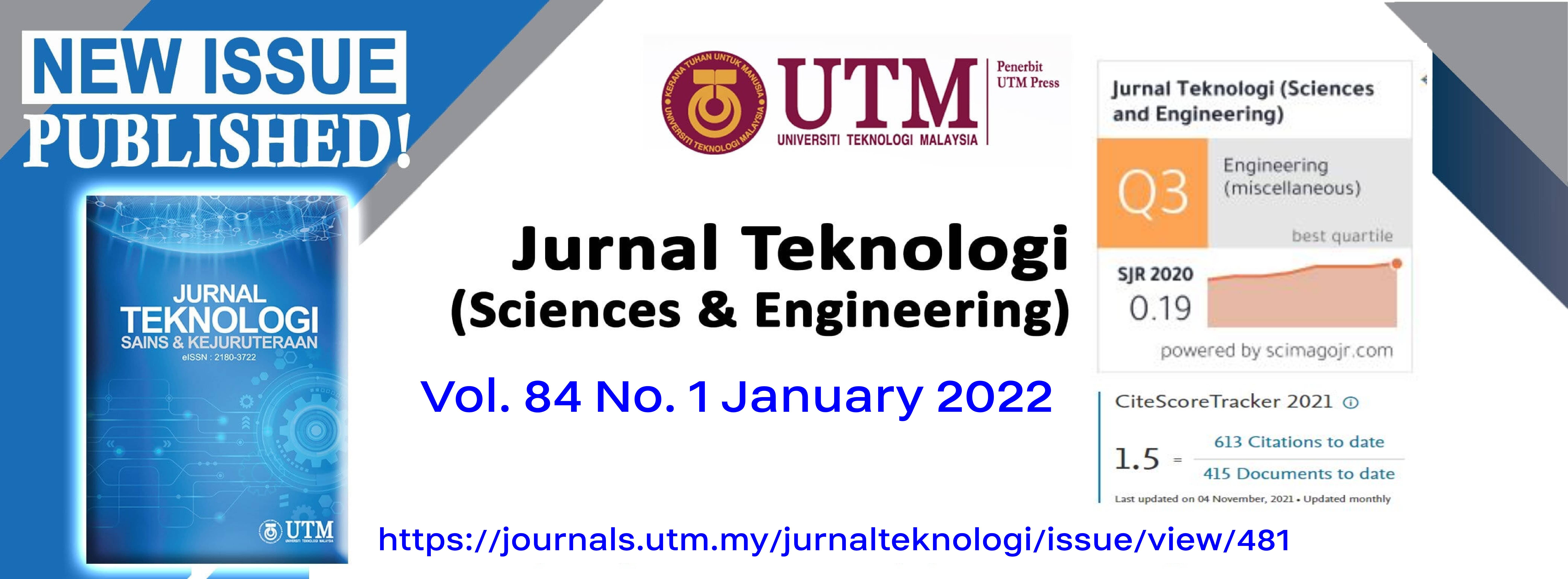ALL-DIGITAL PHASE LOCKED LOOP (ADPLL) TOPOLOGIES FOR RFID SYSTEM APPLICATION: A REVIEW
DOI:
https://doi.org/10.11113/jurnalteknologi.v84.17123Keywords:
All-digital, phase-locked loop, digital-controlled oscillator, radio-frequency identification, delay cellAbstract
An all-digital phase locked loop (ADPLL)-based local oscillator (LO) of RF transceiver application such as radio-frequency identification (RFID) system has gained popularity by accessing the benefits in complementary metal-oxide semiconductor (CMOS) process technology. This paper reviews some state-of-art of the ADPLL structures based on their applications and analyses its major implementation block, which is the digital-controlled oscillator (DCO). The DCO is evaluated based on its CMOS scaling and its performance in ADPLL, such as the power consumption, the chip area, the frequency range, the supply voltage, and the phase noise. Based on the review, the reduction in CMOS scaling decreases the transistor size in ADPLL design which leads to a smaller area and a low power dissipation. The combination of the time-to-digital (TDC) and the digital-to-time converter (DTC) that is used as the phase-frequency detector (PFD) in ADPLL is proposed to reduce the power and phase noise performance due to their high linearity design. The delay cell oscillator is found to consume more power at higher operating frequency, but it has an advantage of having less complexity and consuming less power and area in the circuit compared to the LC tank oscillator. For future work, it is recommended that an ADPLL-based LO of RFID transceiver with lowest voltage supply implementation is chosen and the use of the TDC-less as the PFD is selected due to its small area. While for the DCO, the delay cell will be designed due to its simpler implementation and occupy small area.
Downloads
Published
Issue
Section
License
Copyright of articles that appear in Jurnal Teknologi belongs exclusively to Penerbit Universiti Teknologi Malaysia (Penerbit UTM Press). This copyright covers the rights to reproduce the article, including reprints, electronic reproductions, or any other reproductions of similar nature.
















